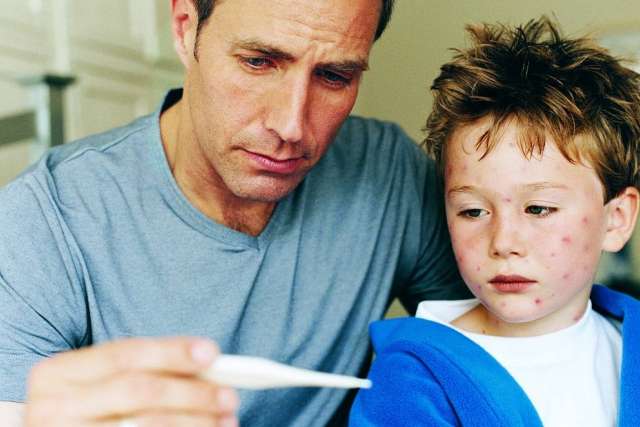Note: On Nov. 28, 2022, the World Health Organization announced it will begin transitioning from the term "monkeypox," to "mpox," referring to the disease as both for a year while it completely phases out "monkeypox." "WHO will adopt the term mpox in its communications, and encourages others to follow these recommendations, to minimize any ongoing negative impact of the current name," the organization said. WHO is responsible for assigning names to new diseases.
Dear Doctors: We are from Boston, and someone who lives very near here has tested positive for monkeypox. I have never heard of this disease before, but now it’s all over the news. What is monkeypox? How did it get here, and what are the symptoms?
Dear Reader: Monkeypox is a rare viral disease caused by the monkeypox virus. It’s a member of the orthopoxvirus group of viruses and is endemic to the rainforest countries of central and west Africa.
Although monkeypox is a cousin to smallpox, it is far less severe. Symptoms of the disease include fever, chills, headache, muscle aches and exhaustion. People with monkeypox also develop swollen lymph nodes, which does not occur in smallpox. A few days after the onset of fever, a distinctive rash begins to appear on the hands, face, feet or mouth. The rash starts out as flat, red markings on the skin and gradually evolves into raised, fluid-filled lesions. Monkeypox lasts from two to four weeks.
The disease is transmitted person-to-person and through close contact. This can be via respiratory droplets or physical contact with infectious sores, body fluids or scabs. Symptoms typically begin one to two weeks after exposure to the virus. However, they can begin as soon as five days, or they may take as long as three weeks to appear. Cases are usually mild, and most people recover without specific treatment. In cases of severe disease, antivirals developed to treat smallpox may be beneficial.
The disease was first reported in laboratory monkeys in 1958, thus the name. Scientists soon learned that the virus infects other animals, including many types of rodents, pigs and anteaters. The virus can also jump from animals to humans. This is known as a zoonotic disease.

The first reports of monkeypox in humans occurred in 1970 among people living in remote locations in Africa. In 2003, the virus made its first known appearance in the United States. At that time, an outbreak in about 70 adults and children was traced to close contact with a group of prairie dogs, which had been sold as pets. Those prairie dogs became infected with the virus after exposure to infected imported rodents. That outbreak was contained with the use of the smallpox vaccine, medical care and an education campaign. No deaths occurred. Since then, several isolated cases, each travel-related, have occurred.
The current outbreak of monkeypox is affecting hundreds people in more than a dozen countries, including the U.S. and Canada. The exact source is not yet clear, but international health authorities suspect a link to a pair of large gatherings held in Europe earlier this spring.
Here in the U.S., a network of labs is gearing up to make testing for the virus available. The U.S. Food and Drug Administration has also approved the use of smallpox vaccines, as well as certain antiviral treatments, to control outbreaks. Because monkeypox is closely related to smallpox, the smallpox vaccine is highly effective against the disease. Immunity conferred by the smallpox vaccine, which was routinely administered in the U.S. until 1972, persists for decades. While vaccinated individuals are believed to be protected from severe disease with monkeypox, it’s still important to be careful.
(Send your questions to [email protected], or write: Ask the Doctors, c/o UCLA Health Sciences Media Relations, 10960 Wilshire Blvd., Suite 1955, Los Angeles, CA, 90024. Owing to the volume of mail, personal replies cannot be provided.)





